Sometimes you just know when you’re outmatched. In the animal kingdom, there are some creatures so intimidating, so awe-inspiring, that any potential fight ends before it even starts. These animals have perfected the art of deterrence—either through sheer size, cunning tactics, or jaw-dropping abilities. So, let’s dive into the wild world of nature’s most formidable pacifists.
1. The Unstoppable Elephant
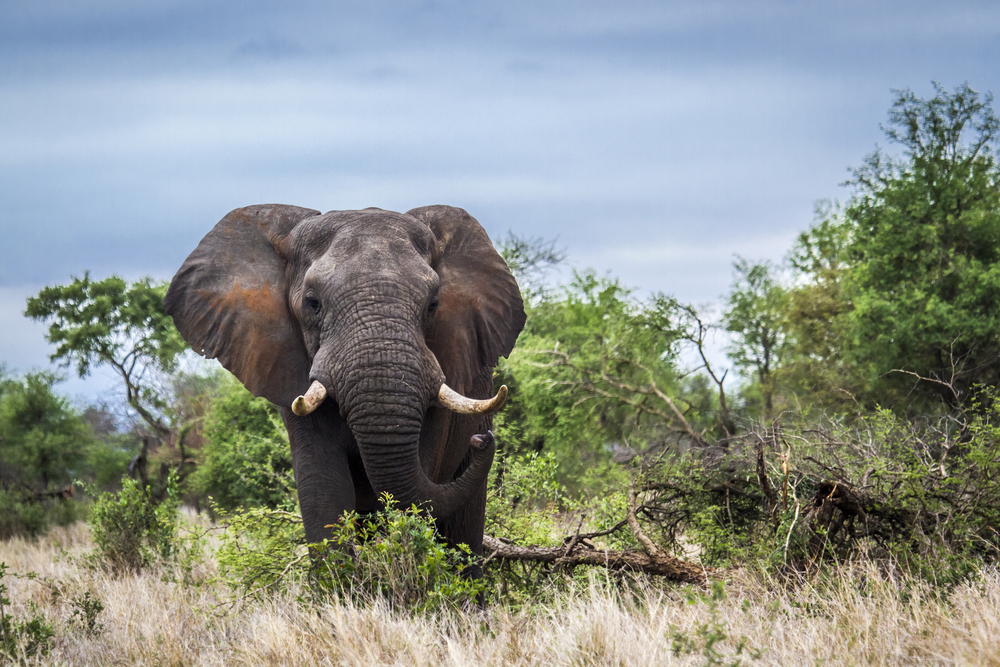
When an elephant enters the scene, every other animal knows the score. Weighing up to 14,000 pounds and standing as tall as 13 feet, these gentle giants don’t have to lift a trunk to command respect. Their sheer size is their most effective weapon, and they usually only have to give a quick trumpet or a subtle ear flap to clear a path. Even the apex predators like lions and tigers usually give elephants a wide berth, knowing full well that an angry elephant is not something you’d want to tussle with. It’s not just their imposing presence but also their social intelligence that keeps elephants at the top of the food chain without having to fight for it.
Beyond their physical prowess, elephants are emotionally intelligent creatures capable of incredible empathy. According to Mental Floss, they have strong social bonds, and when one of their own is threatened, they rally around, forming an impenetrable wall of protection. This is why you rarely, if ever, see other animals picking a fight with an elephant—it’s like trying to take on a loving yet fiercely protective family. So, unless you’re another elephant, it’s best to let these majestic creatures continue their peaceful stroll through the savannah.
2. The Awe-Inspiring Lion
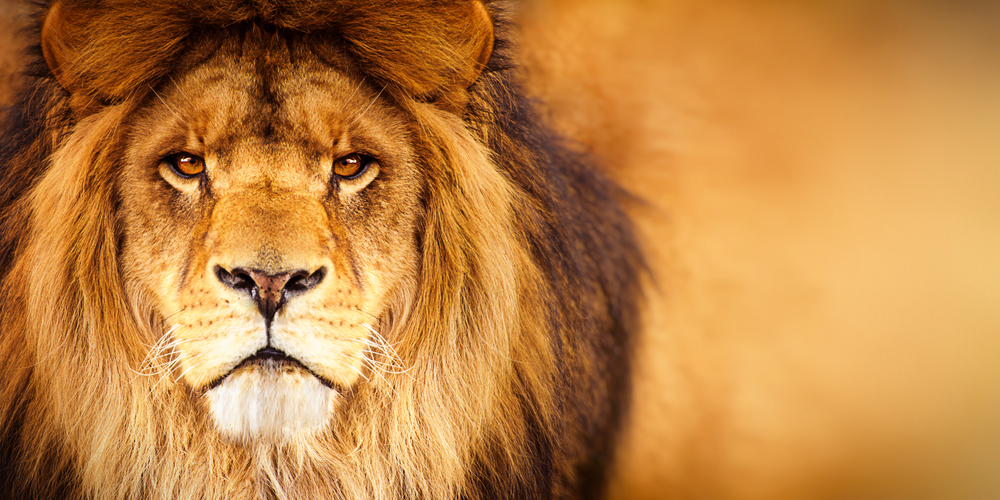
Known as the “King of the Jungle,” the lion’s reputation alone can end a confrontation before it even begins. With a roar that can be heard from five miles away, lions are the real deal. Their muscular build and impressive mane signal to any would-be adversaries that they’re not to be trifled with. But it’s not just their build, as noted by the Cleveland Zoological Society, a lion’s roar can be heard up to five miles away, serving as a powerful tool to scare off intruders and communicate within the pride. Yet, surprisingly, many potential conflicts never materialize because the very sight of a lion is enough to quell any rebellion. In the wild, it’s not uncommon for other predators like hyenas and leopards to back down when a lion approaches.
Lions are social animals, living in prides that rely on teamwork and strategy. This social structure means they rarely have to fight alone, and their coordinated efforts can deter almost any threat. It’s not just their physical attributes but their collective presence that commands respect across the African plains. Most creatures have learned that facing even a single lion means potentially facing the entire pride, making any confrontation seem like a fool’s errand from the start.
3. The Mighty Rhinoceros
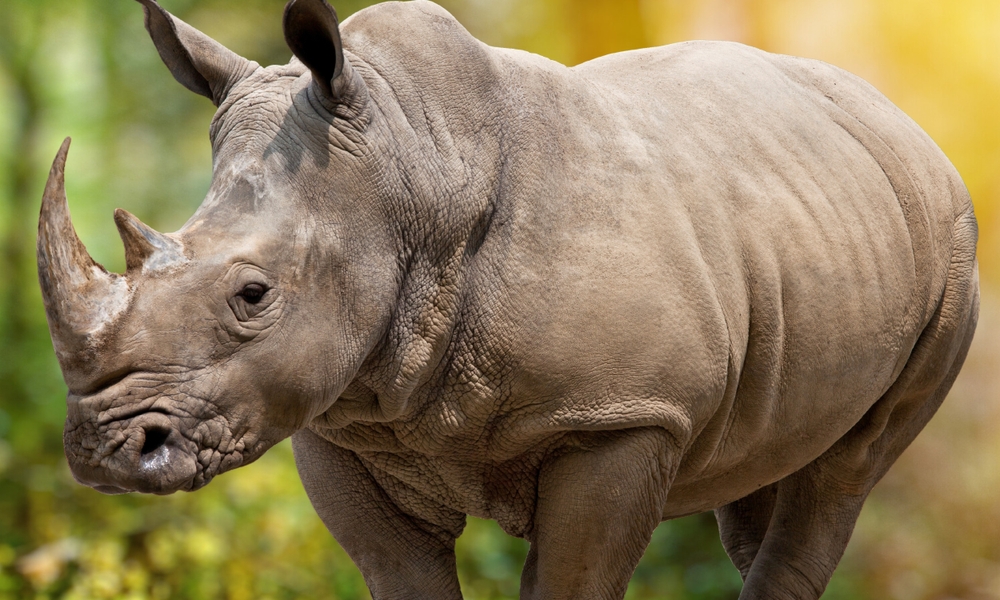
Picture a tank with legs, and you’ve got a pretty accurate image of a rhinoceros. These incredible creatures are built like armored vehicles, with thick skin that acts as natural body armor. While they may not be the fastest animals on the block, according to Animal Facts, their charging speed can reach up to 35 miles per hour, making them a force to be reckoned with. Those massive horns aren’t just for show, either—they’re their primary defense mechanism and a serious deterrent for any potential aggressors.
Rhinoceroses don’t enjoy unnecessary conflict, often opting for a peaceful existence grazing on grasses and leaves. However, they are fiercely territorial and will not hesitate to use their formidable size and strength to defend their home. This combination of physical prowess and defensive aggression makes other animals think twice before picking a fight. In the wild, a rhino’s mere presence is usually enough to prevent any trouble before it even begins.
4. The Crafty Octopus
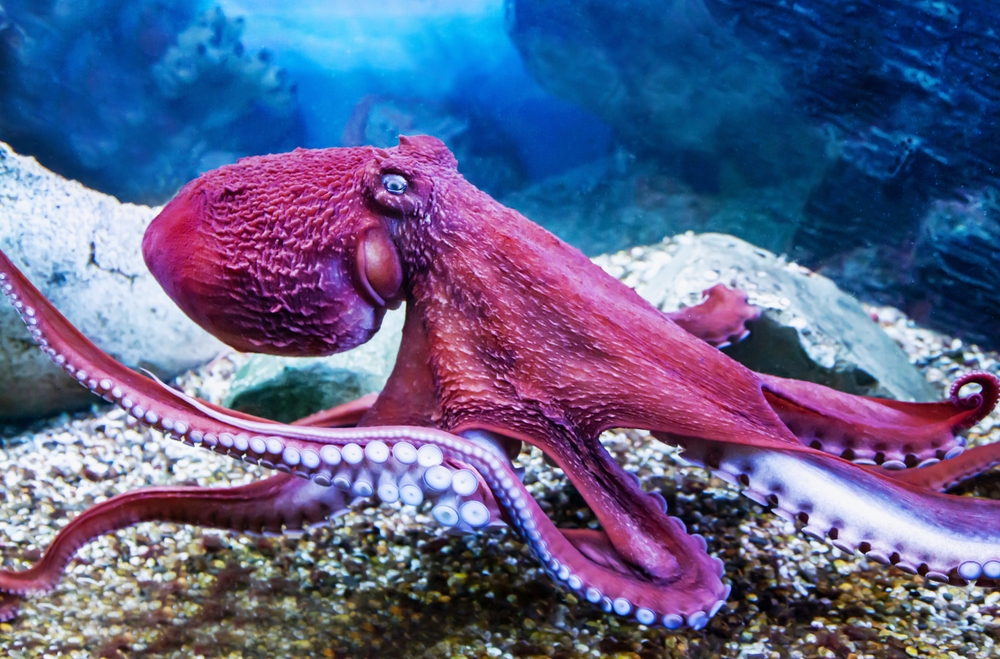
While it may not have the brute strength of land mammals, the octopus is a master of evasion and deception and can end a fight before it begins with its cunning tactics. These marine marvels have an array of tricks up their tentacles, from changing color and texture to blending seamlessly into their surroundings. Most predators give up the chase when they realize the octopus is no longer where it seemed to be. Their intelligence allows them to navigate complex mazes and solve puzzles, outsmarting potential threats in the process.
Octopuses can also release a cloud of ink, creating a smokescreen that confuses predators and gives them time to escape. Additionally, their flexible bodies allow them to squeeze into impossibly tight spaces, rendering many attacks futile. When it comes to survival, the octopus relies on its brain more than brawn, proving that sometimes the best way to win a fight is to avoid it altogether. In the watery depths, this eight-armed enigma remains the undisputed champion of outwitting confrontation.
5. The Formidable Komodo Dragon
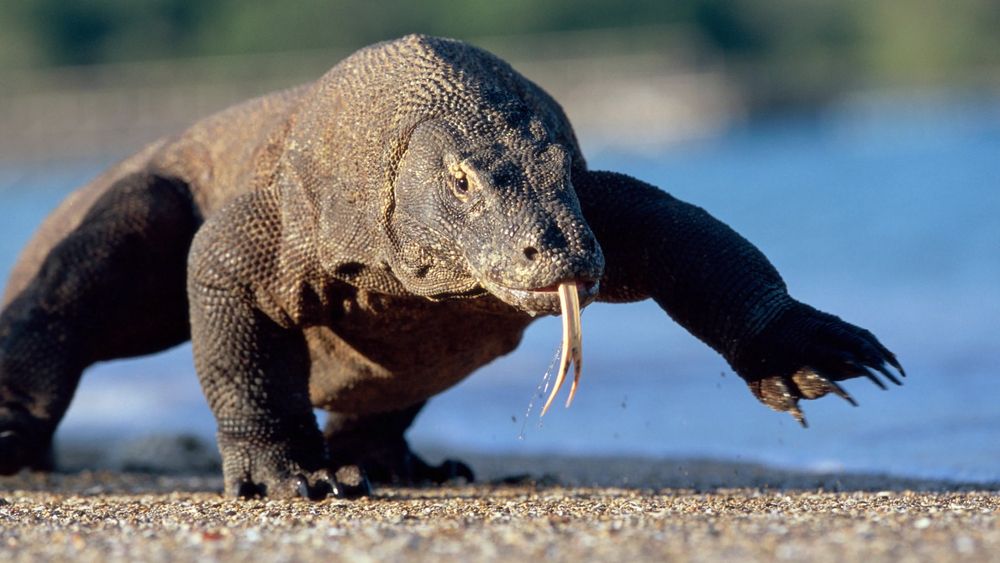
The Komodo dragon, with its prehistoric appearance and lethal bite, is not an animal you want to mess with. Growing up to 10 feet long and weighing over 150 pounds, these massive lizards are the apex predators of their island habitats. Their saliva contains toxic bacteria and anticoagulant compounds that can slowly incapacitate prey. Most animals would rather retreat than risk a face-off with a Komodo dragon, knowing that even a minor bite could be a death sentence.
Despite their fearsome reputation, Komodo dragons are relatively solitary creatures. They prefer to hunt using stealth and patience, often lying in wait for hours before ambushing unsuspecting prey. This combination of size, strength, and patience makes them formidable opponents. In their native environments, these dragons don’t have to prove their dominance—their presence alone is enough to keep the peace.
6. The Enigmatic Platypus
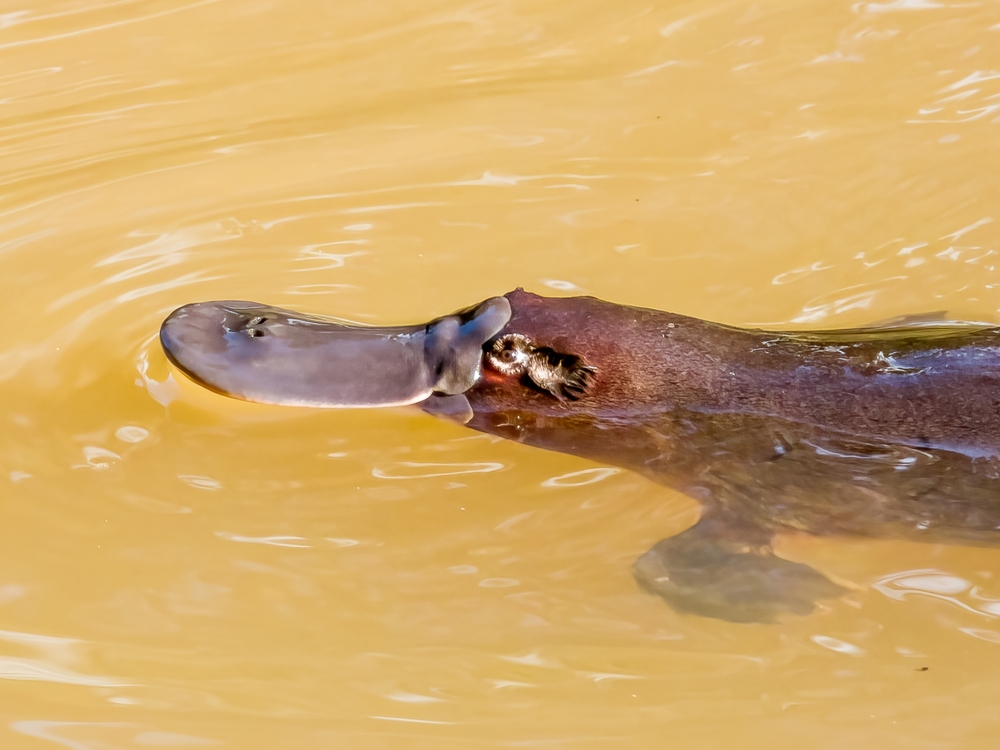
At first glance, the platypus might not seem like a formidable animal, but don’t let its quirky appearance fool you. Male platypuses are equipped with venomous spurs on their hind legs, capable of delivering a painful sting to any would-be attacker. While not lethal to humans, this venom is more than enough to deter most predators. This surprising defense mechanism ensures that fights rarely escalate beyond a mere threat.
Platypuses are solitary, nocturnal creatures that prefer to keep a low profile in their watery habitats. Their unique combination of mammalian and reptilian traits makes them one of the most unusual animals on the planet, and their ability to defend themselves with venom adds another layer to their mystique. Predators tend to steer clear of this oddball of the animal kingdom, knowing that beneath its unassuming exterior lies a sting they don’t want to experience.
7. The Stealthy Snow Leopard
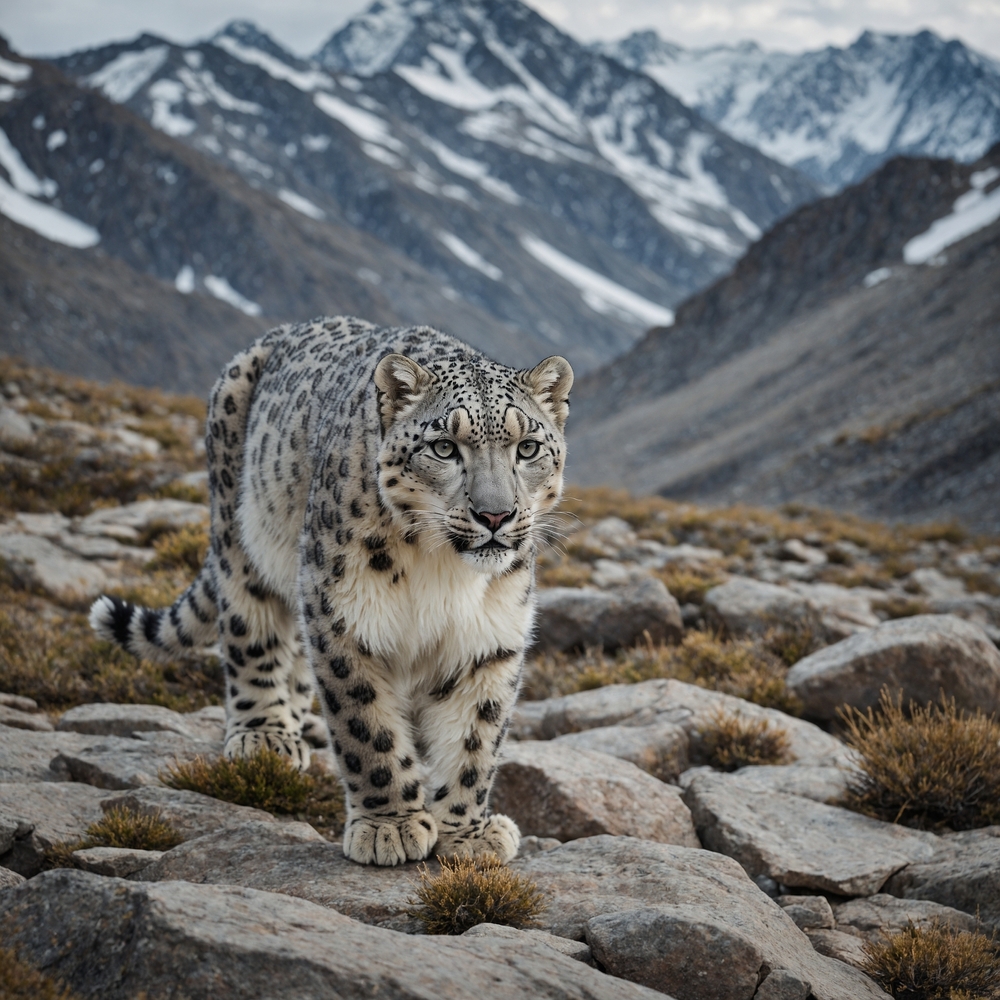
Often referred to as “ghosts of the mountain,” snow leopards have a reputation for being elusive and solitary creatures. These big cats possess extraordinary camouflage capabilities, blending effortlessly into their rocky, snowy surroundings. Their natural stealth and ability to move silently through rugged terrain make them expert hunters and formidable opponents. Most animals never even see the snow leopard coming, making confrontations nearly nonexistent.
Snow leopards also have impressive physical adaptations, such as powerful legs for leaping great distances and a long tail for balance and agility. These attributes, combined with their sharp senses and patient hunting style, give them the upper hand in any potential altercation. In their high-altitude habitats, a snow leopard’s presence is often sensed rather than seen, ensuring that fights are over before they begin. Their silent approach and unparalleled grace make them masters of ending conflicts before they can start.
8. The Resilient Honey Badger
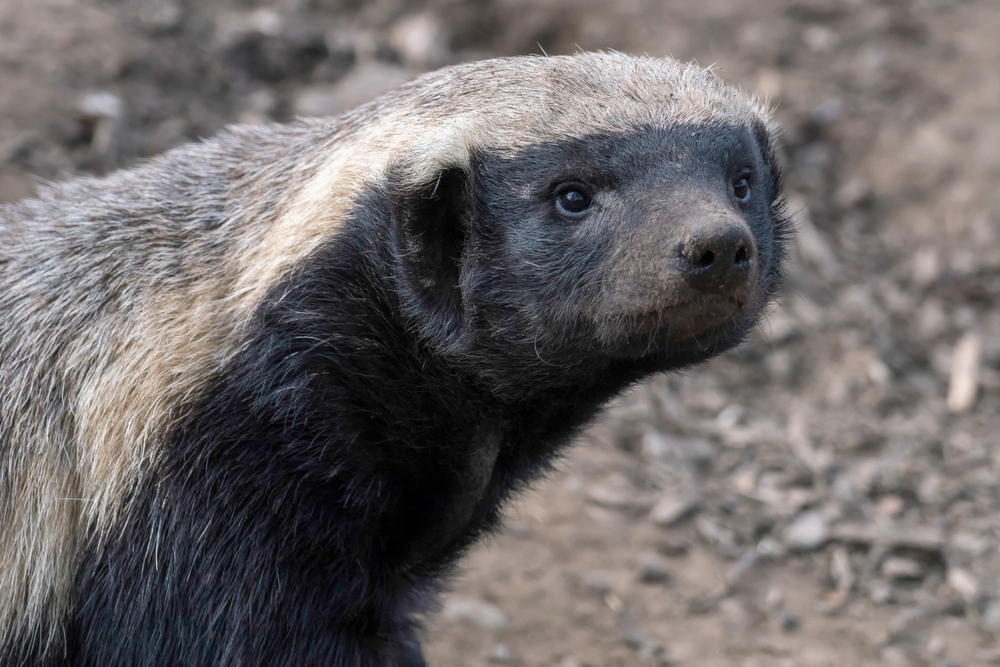
The honey badger, despite its small size, has earned a reputation for fearlessness and tenacity. Known for their tough skin and relentless attitude, these creatures will stand their ground against much larger predators. Honey badgers have a thick hide that protects them from bites and stings, and they can twist and turn in their skin to counterattack while being bitten. This resilience, coupled with their aggressive nature, makes them a deterrent to potential threats.
Honey badgers are known to raid beehives and snake nests, showing little fear of danger. Their ferocity is legendary, and even large predators like lions and leopards think twice before engaging with them. Often, their reputation precedes them, and many potential fights are avoided simply because other animals know what they’re capable of. In the wild, the honey badger exemplifies how attitude and resilience can end a fight before it begins.
9. The Majestic Bald Eagle
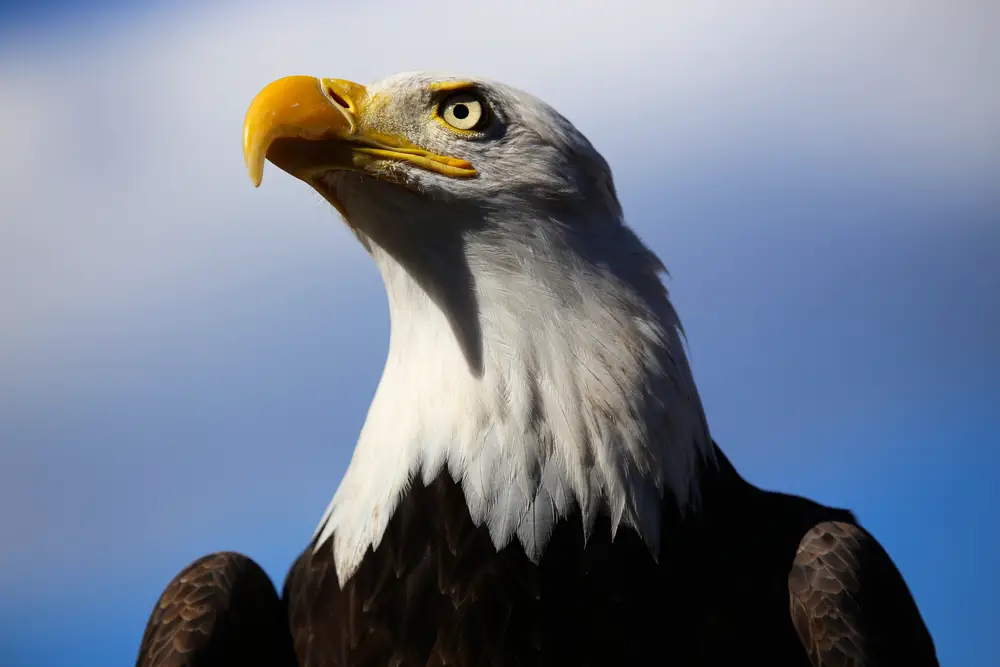
As a symbol of power and freedom, the bald eagle commands attention and respect wherever it soars. With a wingspan reaching up to seven feet, these raptors dominate the skies. Their keen eyesight allows them to spot prey from miles away, swooping down with astonishing speed and precision. Most other birds and small mammals recognize the looming shadow of a bald eagle and scatter to avoid confrontation.
Bald eagles are highly territorial, often engaging in dramatic aerial displays to assert dominance and ward off intruders. These visual warnings are enough to dissuade most challengers, ensuring that real fights are a rarity. Their impressive flight skills and powerful talons make them formidable hunters, but their reputation as aerial rulers means they rarely have to use them in conflict. In the avian world, the bald eagle’s presence is a powerful deterrent, ensuring peace without a fight.
10. The Unyielding Wombat
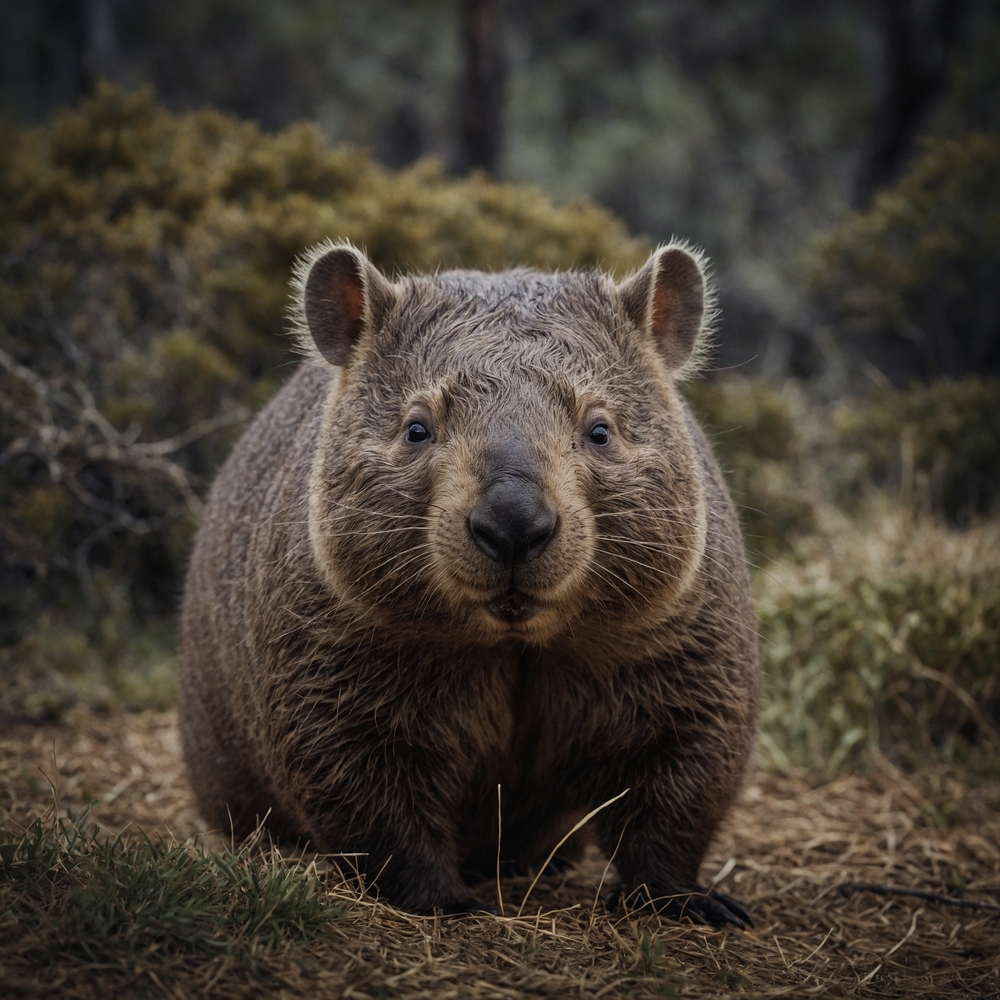
Wombats may look cute and cuddly, but beneath their fluffy exterior lies a powerhouse of strength and resilience. These burrowing marsupials have incredibly strong hindquarters and thick skin, making them difficult to dislodge once they’ve decided to stand their ground. When threatened, a wombat can dive into its burrow and use its tough backside to block the entrance, preventing predators from getting in.
Their burrowing skills make wombats adept at disappearing into the earth, where they can outlast most predators. This defensive strategy ensures that a potential fight ends before it even begins, as pursuing a wombat underground is a losing battle for many animals. In the world of Australian wildlife, wombats are respected for their unyielding nature and their ability to avoid fights with their clever and defensive tactics.
11. The Formidable Anaconda
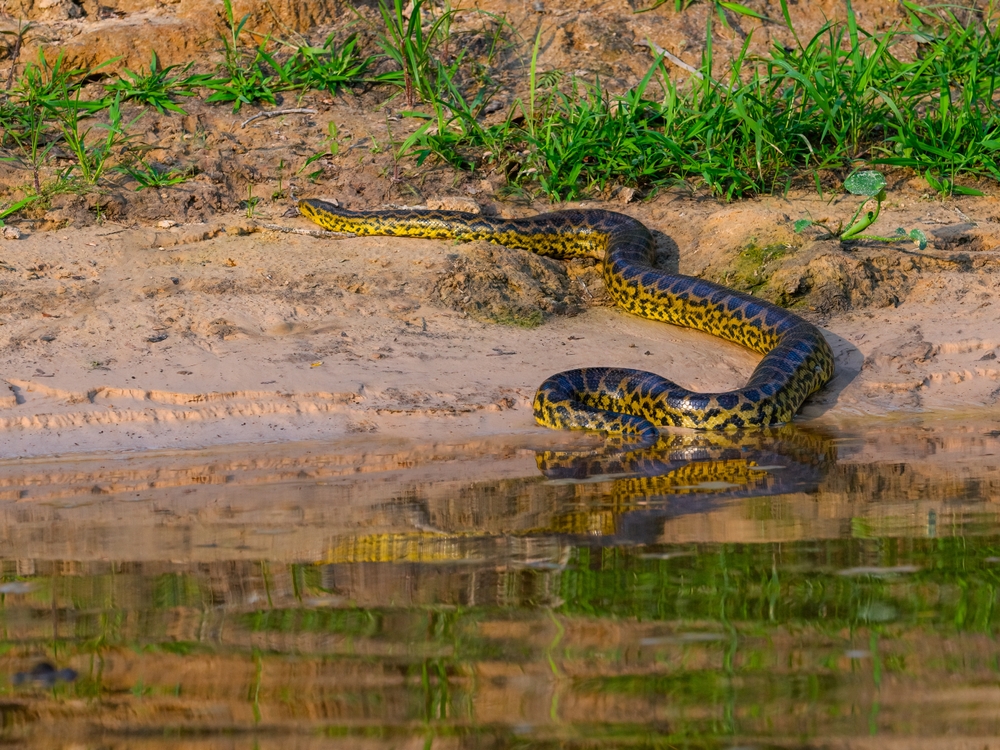
As one of the largest snakes in the world, the anaconda has very few natural enemies. These massive reptiles can grow up to 30 feet long and weigh more than 500 pounds, making them a daunting sight in the swamps and rivers they inhabit. Anacondas are non-venomous, relying on their immense strength to constrict and overpower prey. Most animals quickly learn that an encounter with an anaconda is best avoided.
Anacondas are ambush predators, waiting silently in the water for unsuspecting prey to come close. Their stealth and patience make them masters of surprise attacks, often ending a fight before the victim even knows it’s begun. In their natural habitat, an anaconda’s presence is a powerful deterrent, ensuring that most potential conflicts are resolved with the mere threat of their overwhelming size and strength.
12. The Imposing Gorilla
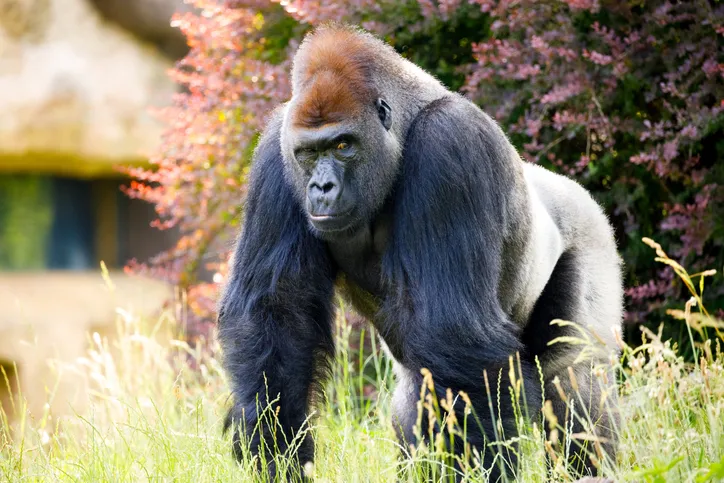
Gorillas, with their massive frames and incredible strength, are the true titans of the jungle. A silverback gorilla can weigh over 400 pounds and stands as the undisputed leader of its troop. Despite their size and power, gorillas are primarily gentle giants, preferring to spend their days foraging and socializing rather than engaging in unnecessary conflict. However, when provoked, a silverback’s display of dominance—complete with chest beating and roaring—can deter any foe.
Their social structure and strong family bonds mean that gorillas rarely face threats alone. A united troop presents an intimidating force that few animals are willing to challenge. The combination of physical prowess and social cohesion ensures that potential conflicts are resolved before they escalate. In the thick forests they call home, gorillas maintain peace through strength and solidarity.
13. The Swift Cheetah
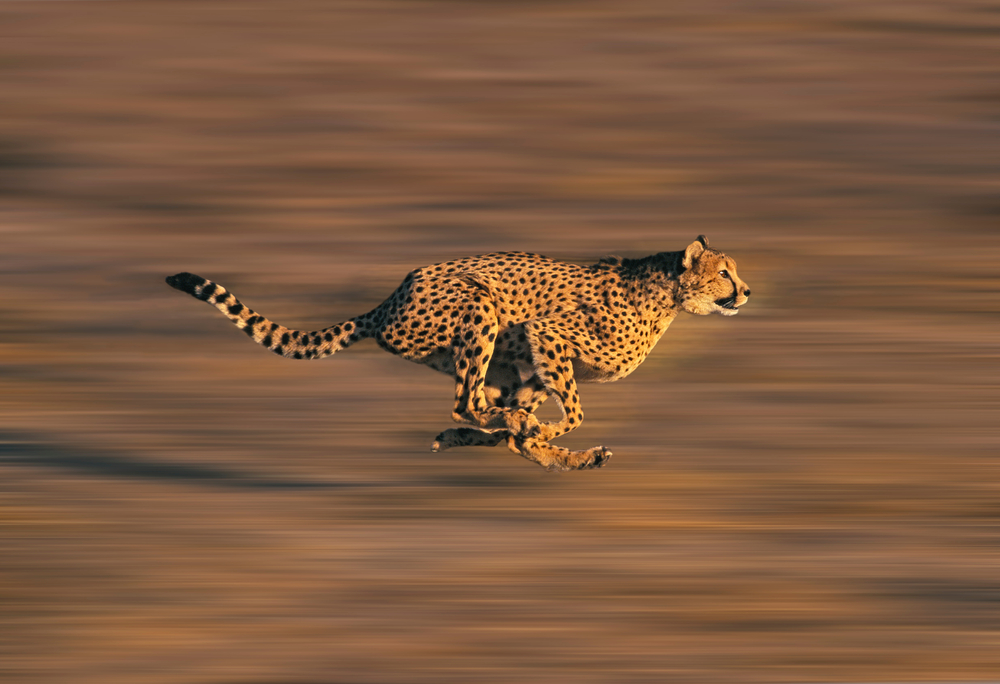
The cheetah, the fastest land animal, can reach speeds up to 70 miles per hour in short bursts. This incredible speed allows them to outrun most threats, making confrontation largely unnecessary. While their build is designed for speed rather than strength, their ability to swiftly escape danger is a powerful deterrent to potential predators. Most animals know that catching a cheetah is an exercise in futility.
Cheetahs are solitary hunters, relying on stealth and speed to catch prey. Their remarkable agility allows them to make quick decisions, avoiding conflicts with larger predators by outmaneuvering them. This strategy ensures they can maintain their place in the food chain without engaging in physical altercations. In the open savannah, a cheetah’s reputation as the ultimate sprinter keeps many potential aggressors at bay.
14. The Unpredictable Skunk
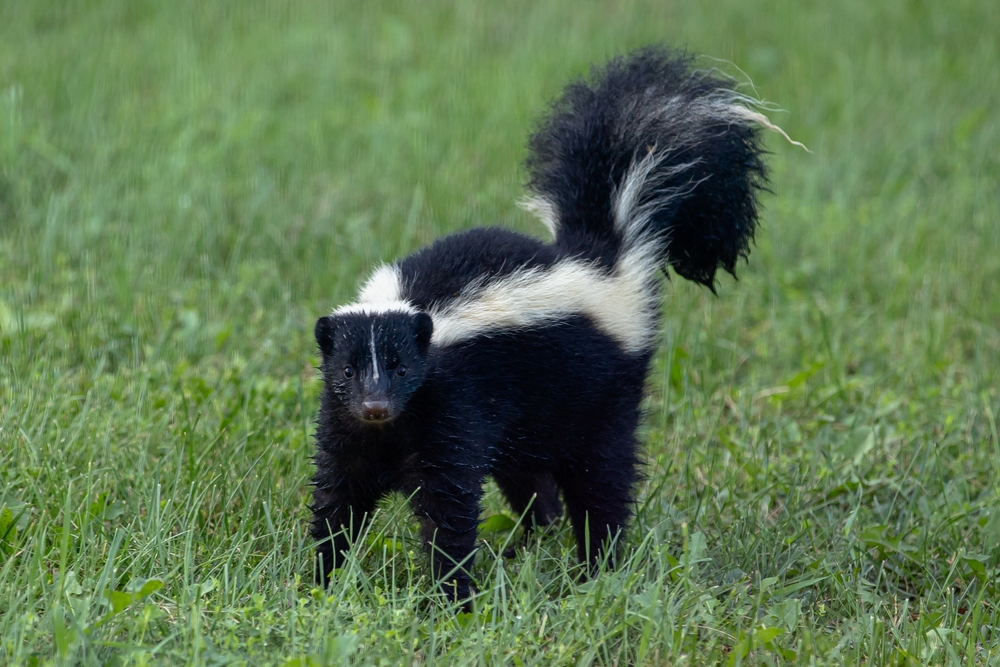
Last but not least, the skunk may not be one of the fiercest animals, but its unique defense mechanism is a game-changer. When threatened, a skunk can release a foul-smelling spray that is potent enough to deter even the most determined predators. This spray can cause temporary blindness and a lingering odor that is difficult to remove, making most animals think twice before engaging.
Skunks are generally peaceful creatures, preferring to go about their business without causing a fuss. However, their reputation for stinking up the place ensures that most potential threats give them a wide berth. In the world of survival, the skunk proves that sometimes the best offense is a good defense—especially when it comes with a pungent punch.
